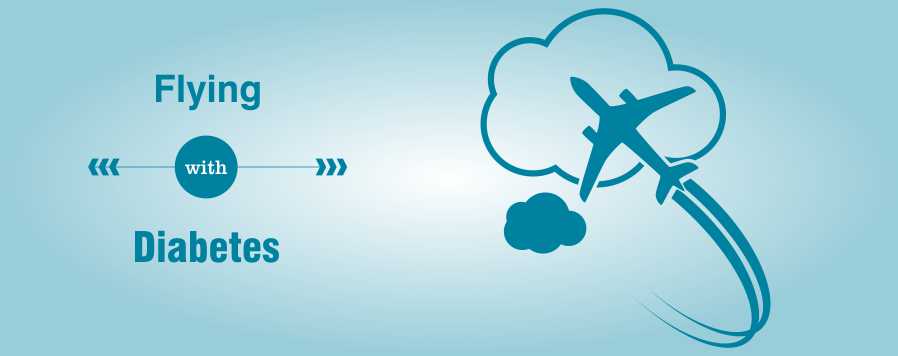Air Travel and Diabetes
Diabetes is never a barrier for travelers. People with Type 1 diabetes and type 2 Diabetes both can travel all over the world. Preparing for your daily activities can require a bit of planning. Here are a few tips to be followed while flying when you have diabetes.
Pre- travel planning should include:
- Consult your physician and inform him/her about your travel plan.
- A diabetes ID and a letter from your physician which says that you are diabetic and the medication and dosage details.
- Pack all your diabetes medications in a separate sealable bag to avoid hassle during luggage screening.
- Pack twice the amount of supplies you would usually require, they might not be available in the country you are going to.
- Pack a quick acting source of glucose to treat low blood glucose as well as an easy to carry snack.
- Know the quantity of insulin allowed to be carried.
- Finally, arrive at the airport 2-3 hours before the flight.
- Be patient with lines, delays and screening procedures.
During the travel:
Check for time zones: consult your diabetes care team, as there might be a need to adjust the clock on the pump.
- There might be a difference in the working of insulin according to temperature. It is always safe to know the dosage of insulin to be taken according to temperature.
- Do not forget to check your glucose before and after meal during travel. There might be elevation in blood sugar due to prolonged sitting or a decrease in levels due to continuous sightseeing.
- Always be prepared to treat low glucose. When you travel, you may disrupt your normal routine for both eating and dosing insulin, it is always advisable to be prepared for a low-glucose episode.
- Carrying Diabetes equipment and medication in flight: Most air travels permit screening a patient with his pump on, only if a written advice from the physician is available.
- Emergency kits like glucagon emergency kit, Urine ketone test strips, liquids (including water, juice or liquid nutrition and gels up to 3.4 ounces are generally allowed.
- Plan your meals on the flight according to the time provided by the airlines.
- Carrying extra starchy carbohydrate foods like biscuits, cereals, nutrition bars might be helpful especially when the blood sugar falls.
- Try to know the generic name of the drug you are using and not just the brand name to avoid confusions.
- Note that there is always a helpline available for all kinds of assistance at the airport and also during the flight.
- Find out where you can get supplies of insulin at your destination, in case of emergency.
At Apollo Sugar, we offer a complete training for diabetes on flight travel to make your travel worry free.











